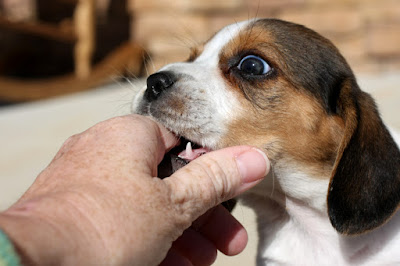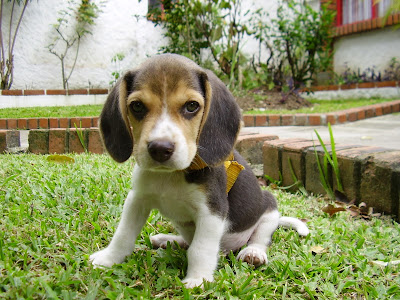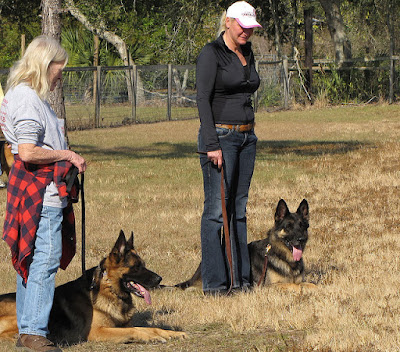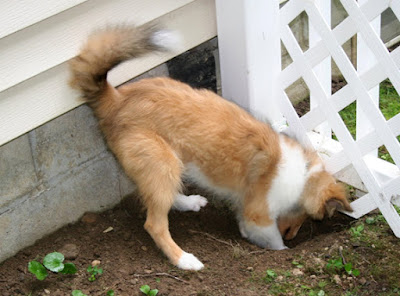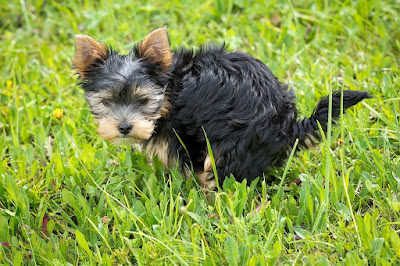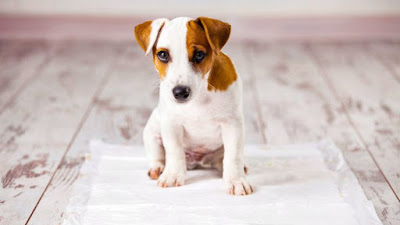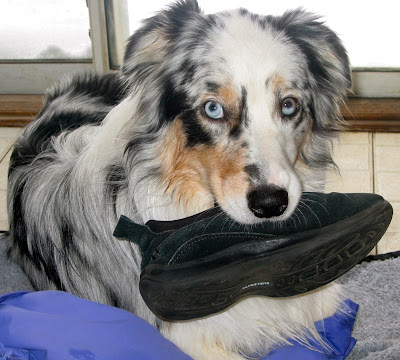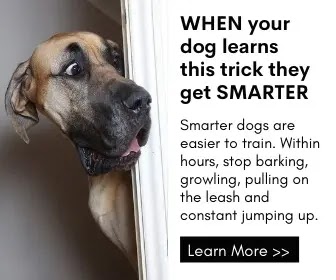All men can be created equal, but certainly not all dogs. At least not in the sense of a perfect pet. Many people do not pay much attention to the long-term effects of choosing which type of dog to buy, which often results in pets being returned to the breeder or ending up as a dog in the pound. unwanted animals. It is a sad ending of something that has started with such love and that can be avoided if the decision is made carefully and all implications are taken into account. Here are some elements to make this important decision.
The first consideration is the size of your garden and, if you have one. This sweet little mastiff puppy may look cute and has plenty of room in your two bedroom condo, but £ 200 later could take up more space than you. Those who live in houses without a terrace need to think before they get an extremely energetic breed of dog. When dogs have no outlet for their energy, they often become destructive and eliminate their frustrations on furniture. If these are your living conditions, it is better to stick to a small breed or adopt an older dog that requires less exercise.
If you have children or are planning to have them in the near future, some breeds should be avoided. Every dog can handle children well if they are well educated. However, it is easier to avoid difficulties and to choose a breed that copes well with the little ones. Retrievers, St. Bernard and Labradors are excellent options. Often problems with children, especially newborns, are the reason why dogs are brought up for adoption.
Children
People often look for animals with purebred dogs. They do not intend to raise or show the dog, but they seem to believe that a purebred is needed. This is often not the case. Mongrel dogs are often smarter and have fewer genetic health defects. They can be found in animal shelters, saving the considerable expense of a purebred.
On the other hand, it's harder to predict the character traits of the stupid. Often, these features will not appear for a while, and once they've been displayed, you already have the dog. A purebred can give a better indication of how the dog behaves like an adult.
The last thing to consider is your lifestyle. If you are an active person and plan to take your dog with you on your trips, you need to find a dog that can follow you. A chihuahua is not a good option for those who want to walk 10 miles with their pet. On the other hand, a greyhound is not a good dog for a person whose idea of movement is to change channels. There is a dog that suits everyone; You just have to think a little about your choice.
A dog can be a great addition to any family. Every lifestyle can be combined with the good dog breed. This requires only a little foresight and realistic choices.
These are some of the most important things to learn training your puppy. If you want to train your dog successfully, you must always be patient and persistent.
References:
https://www.freedogtrainingclasses.com/the-best-way-to-train-a-chihuahua-puppy/
https://getfreedogtraining.com/how-to-train-a-puppy-a-puppy-training-experience/














